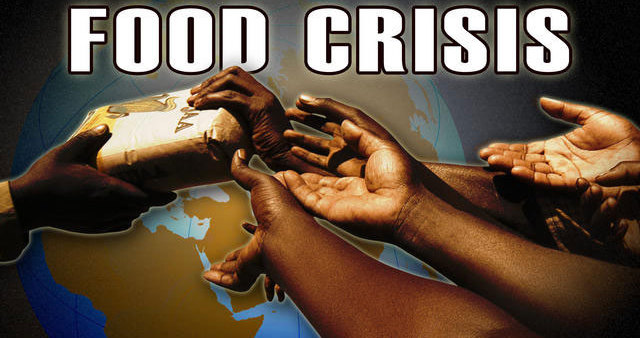Keep Breathing: Some Of The Best Gas Masks You Can Afford
A gas mask is a real asset for any serious prepper. It’s an absolute must-have in case of a chemical or biological attack. Works just as well in a combat zone, as it’ll filter out heavy smoke and even dust clouds.


